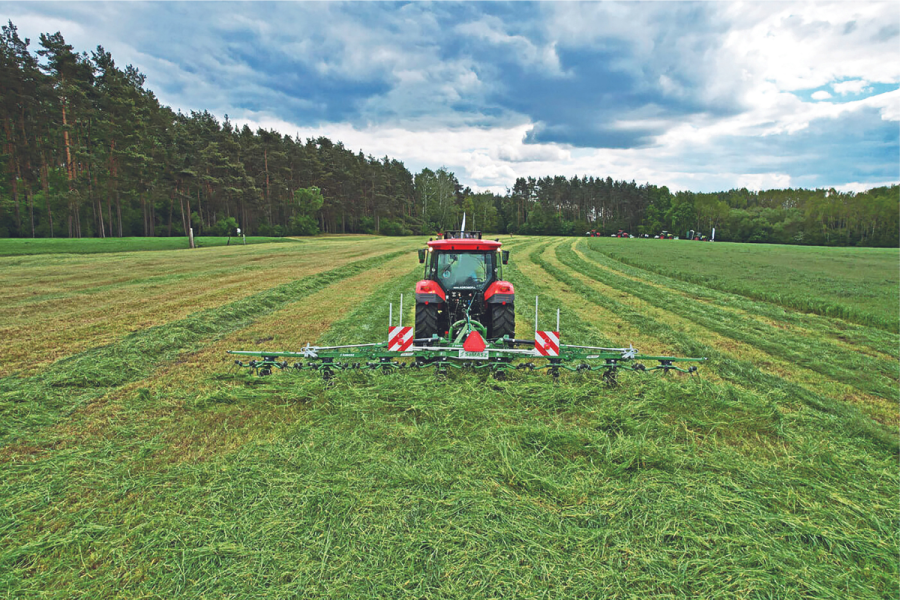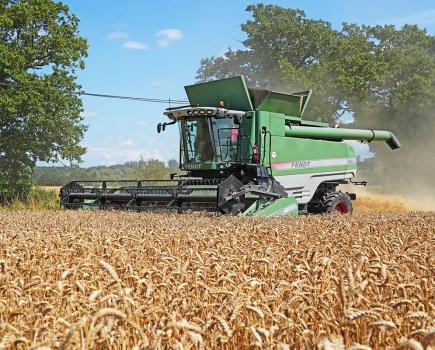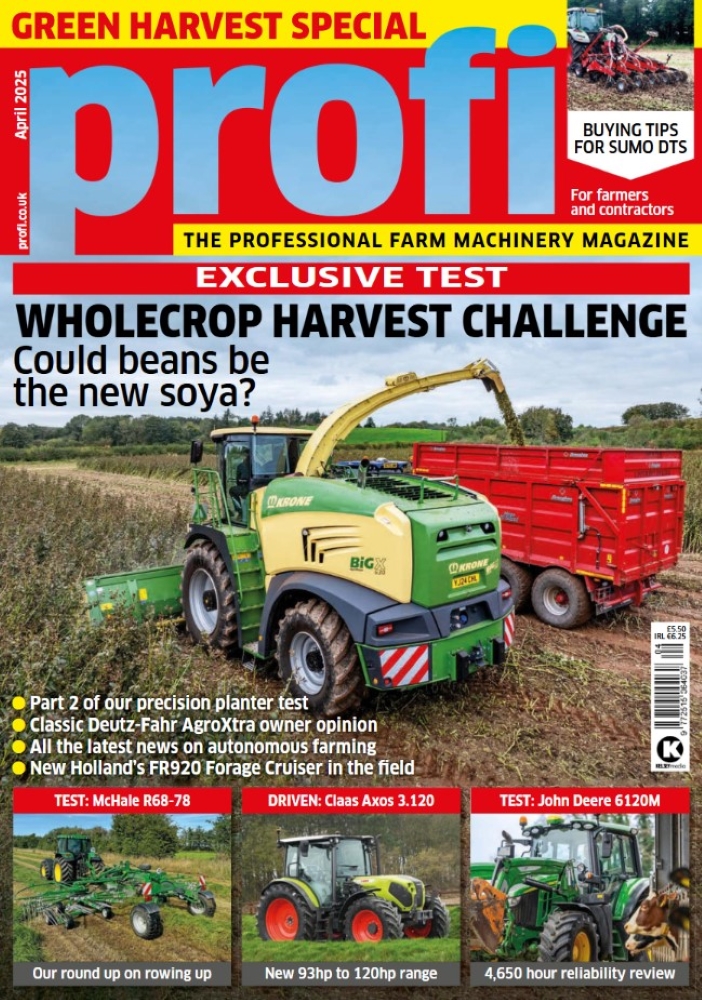MARKET ROUND UP: Wide working tedders are an increasingly common sight, helping get grass crops into the clamp in a timely manner and keeping pace with high capacity mowers and rakes. Trailed models, while seeing a jump in price bracket and looking like an unwieldy outfit for some, have the advantage of matching to a smaller tractor without the need to lift a mounted unit. We get some advice on choosing a tedder to meet your needs, have a look at tine designs and what they aim to achieve and provide a guide to wider mounted and trailed models
A n increasing range of high capacity tedders are now on offer, and it’s not just contractors snapping them up, suggests Krone product manager, Ben Davies. “Mower capacity has increased in recent years, and where dairy farms for example are using a contractor for their mowing, they may have a larger tractor that has been purchased for slurry tanking and feeding but could pull a tedder in the harvest season. A wider tedder helps them get uniform tedding ahead of the rake and forager and achieve the desired 24 hours between cutting and clamping.”
As a rule of thumb if looking for a tedder it should be between one and a half to two times the width of the mowers running in front of it, he says. “Realistic driving speeds are 10 to 20km/hr for mowing, although our Big M self-propelled mower can work at up to 25km/hr, tedding 6-10km/hr and raking 8 to 14km/hr, which is how we arrive at this figure.
For more up-to-date farming news click here and subscribe now to profi and save.






